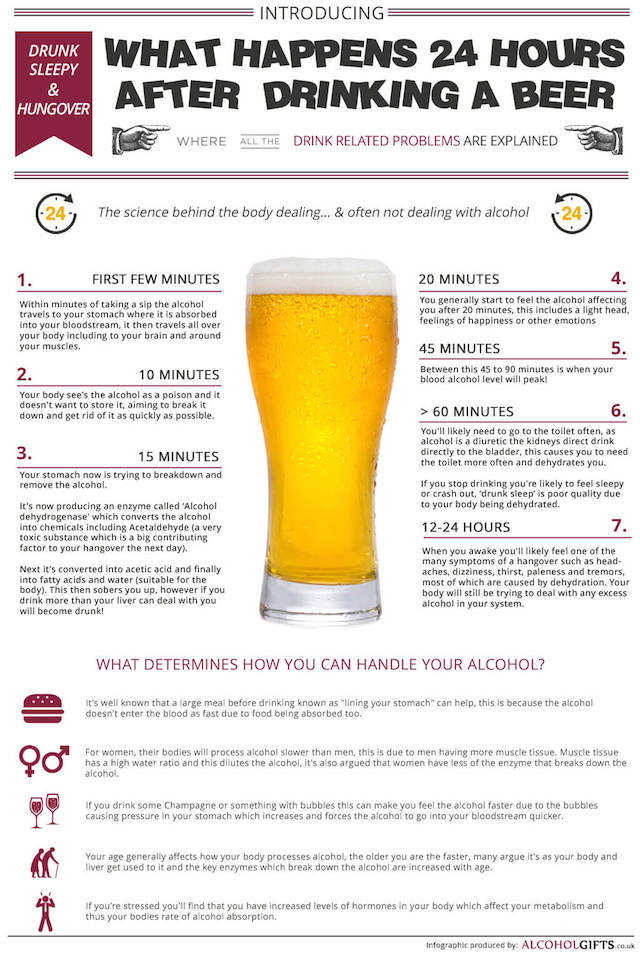
This method was used to create salt by ancient Chinese, Romans and Indians. The Buddha showed the world how to store and collect salt in the fifth century BC. The Romans used ceramic containers called "briquetage" to collect the brine. Concentrated salt was smashed up by workers who then removed any impurities. The brine was then placed in shallow pans. They were then set on clay pillars over a peat fire. They then sold the sea salt powdered to dried workers to the New World colonists. In the New World slaves from Africa were brought to rake salt on several islands in West Indies such as the Bahamas and Turks and Caicos Islands.
Many people know what table salt is, but not all people understand how sea salt works. While table salt is primarily made up of sodium chloride (the main ingredient), sea salt also includes magnesium, iron, calcium and potassium. These minerals are in small quantities in sea salt. They are also present in salt crystals. While it is best to use this mineral in moderation, adding a pinch to your dish will add extra nutrition and mineral nutrients.

The most common salt type is sea salt. It originates from warm climates and is harvested by flooding man-made pools with salt water and waiting for it to evaporate. The crystals will remain behind when the water evaporates from the pool. These man-made pools are called "salt works." The process for harvesting salt requires several billions years. There are many ways to harvest salt.
Sea salt production is a complex process. The first step is the extraction of seawater. This involves extracting the seawater from the ocean. The water is allowed to dry in the ocean to become concentrated. After this, the sea salt can be sold. The final product can be labeled either as refined or unrefined. The unrefined ocean salt may contain marine bacteria or trace mineral that contributes to its complex taste.
Sea salt harvesting is easy. The salt crystals form at the bottom of the water and are nearly dry. Pour off some water and remove the salt crystals. This is a great way of collecting sea salt. It is extremely affordable and widely distributed. It is available in many countries. Salt can be used to make salt for human consumption once it has been harvested. It can be used in endless ways.

Extracting salt seawater from water is the same process. Each salt extraction process is different. Some sea salts can be taken from the ocean, while others come from the earth. Chemicals are used in the latter case to extract salt. To extract the iodine from the sea, the minerals are taken out of the sea. Besides iodine, the salt is also processed to remove minerals that make it edible.
FAQ
Are there any free online cooking classes?
Numerous websites offer free cooking lessons. You can search YouTube for videos that teach you how to prepare different meals. You can find thousands of recipes on certain websites. You will need to pay a monthly subscription, but you can still try the site for free for 30 day.
Where can i buy quality kitchen equipment
Online shopping is a great way to purchase quality kitchen equipment. There are many online shops that sell all sorts of kitchen tools. Before you purchase any kitchen equipment, ensure that you have read all reviews and rated it before buying. You can ask others who have the same items for their recommendations.
How Much Does It Cost to Study Culinary Arts?
You will find that the price to study culinary arts is variable. For example, a 4-year degree costs about $40,000. On the other hand, a two-year associate's degree may cost less than $5,000. The type of program you choose will determine the tuition rates. Private institutions charge higher prices than public ones.
What are the benefits to using a slow cooker
Slow cookers can be very helpful because you can prepare delicious meals quickly. Slow cooker recipes are more healthy than traditional dishes because they use less oil. Additionally, slow cookers are more convenient than traditional recipes because they take care for themselves while you're sleeping.
What is the difference between a chef & a cook?
A chef prepares meals for others. A cook prepares food for his or her own consumption. Both jobs require the preparation of food. However, chefs work directly with their customers. This means that they can have to decide what food to serve customers based their preferences. The cook does not have to interact directly with customers. Instead, they ensure that the food tastes delicious before they serve it to others.
How can I be motivated to cook?
It's fun to cook for your friends and family. However, cooking for yourself is much easier than cooking for others. If you want to be motivated to cook, try making something new. You'll learn new techniques, and you'll be inspired to cook. You can also use recipes from other cultures to increase your culinary knowledge.
Can you learn to cook on your own?
You can learn to cook by yourself! The joy of cooking is something that everybody enjoys doing, no matter their skill level. If you are interested in learning how to cook, start cooking at home. Start small, like making pancakes for breakfast or spaghetti sauce for dinner. The best way to learn how to cook is to try new recipes and experiment. It's possible that you will make mistakes.
It takes anywhere from several hours to several weeks to learn how to cook, depending on your skill level. Remember that cooking is not about following recipes. There are many different ways to prepare food, so if you have an idea in mind, go with it.
Statistics
External Links
How To
How to make a perfect omelet
Omelets are one of my favorite foods to eat at breakfast. But how do you make them perfectly? I've tried many different methods and recipes, but none of them seem to work! So I wanted to share some tips and tricks so that you can make delicious, fluffy omelets every morn.
First, eggs can be very temperamental ingredients for making omelets. You must get them fresh, organically, and keep them cold until you cook. The yolks and whites will not form properly if they aren't kept cold enough. This will make your omelets appear strangely colored. If you intend to cook your eggs immediately, it's best to use room-temperature egg.
Another tip is to separate each egg before adding them to the saucepan. It is important not to allow any white to mix with the yolk as this could lead to the omelet becoming curdled.
If you add the egg directly onto the stovetop, you might end up burning the bottom part of the egg, which would ruin the texture of your omelet. Instead, heat the egg in a microwave for 10 seconds and then place it in a pan. The microwave heat cooks the eggs just right without overcooking them.
Next, let's discuss mixing the eggs. Mixing eggs together is important. You need to beat them well. Turn the bowl upside down and grab the whisk to do this. Now shake the bowl vigorously. This will whip the air around the bowl and mix the egg well.
The fun part begins - you need to pour the milk into your mixture. The first step is to pour half of the milk in the beaten eggs. Next, fold the eggs into the remaining milk. Do not be alarmed if there are still egg streaks visible. Once the omelet flips, these streaks will disappear.
After you have folded your eggs, heat up the oil on medium heat. Wait for it to get hot. Add 1/4 cup butter to the oil and swirl it around to coat all sides of the pan. Now carefully crack open the lid of the pan and sprinkle salt into the pan. Salt will prevent the omelet sticking to the pan.
Once the omelet has formed, cover the pan again and wait for the top side to set completely. Flip the omelet with a spatula, or flip it upside down. Cook the other side for another minute or two. Serve the omelet immediately by removing it from the pan.
This recipe is best when used with whole milk. But, you can use skimmed milk as well.